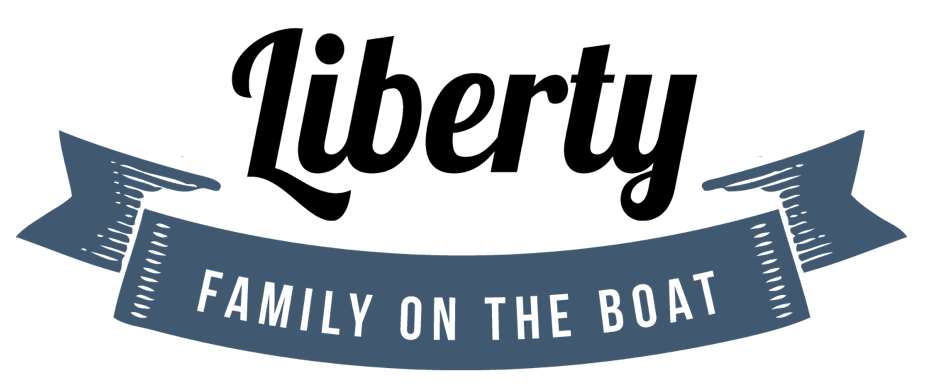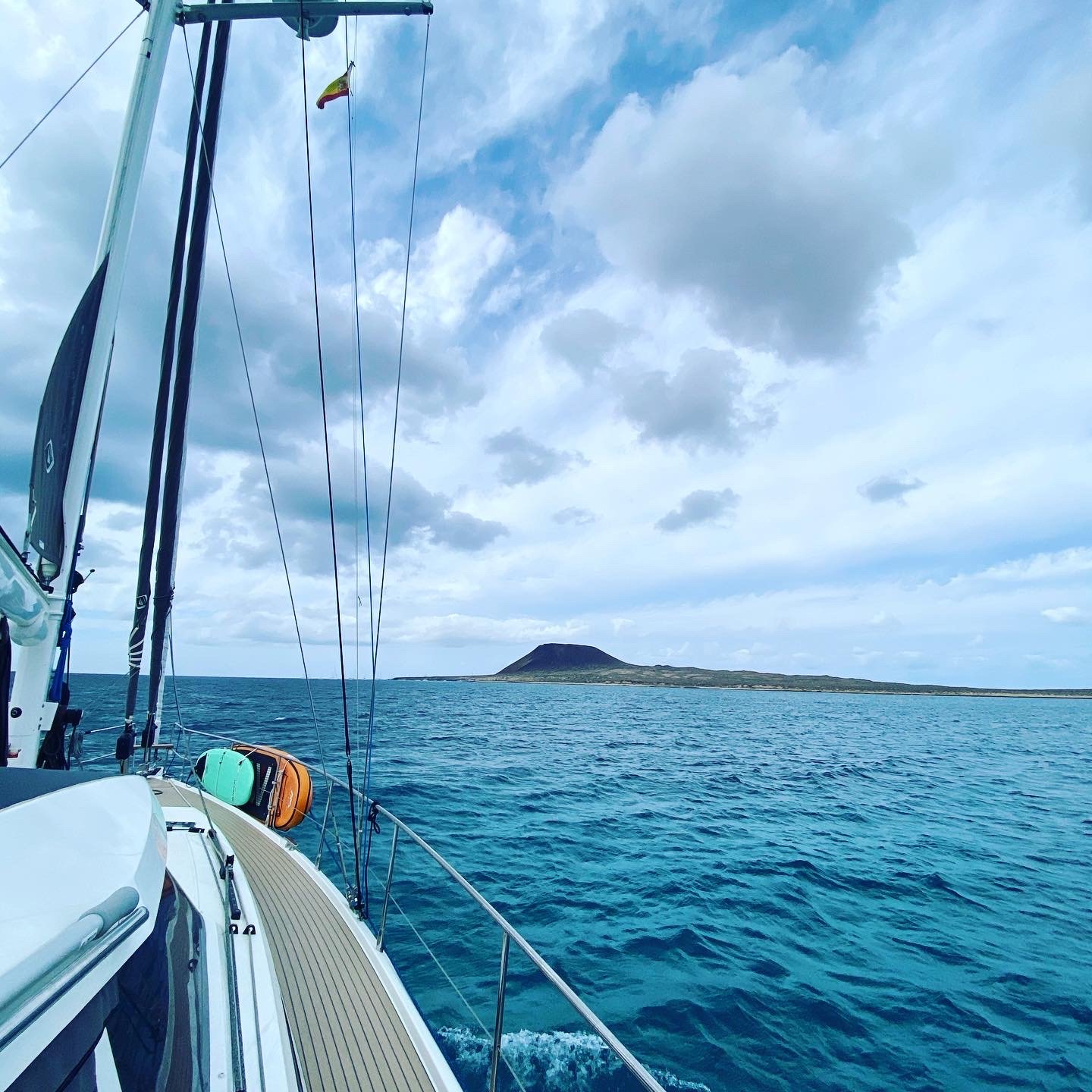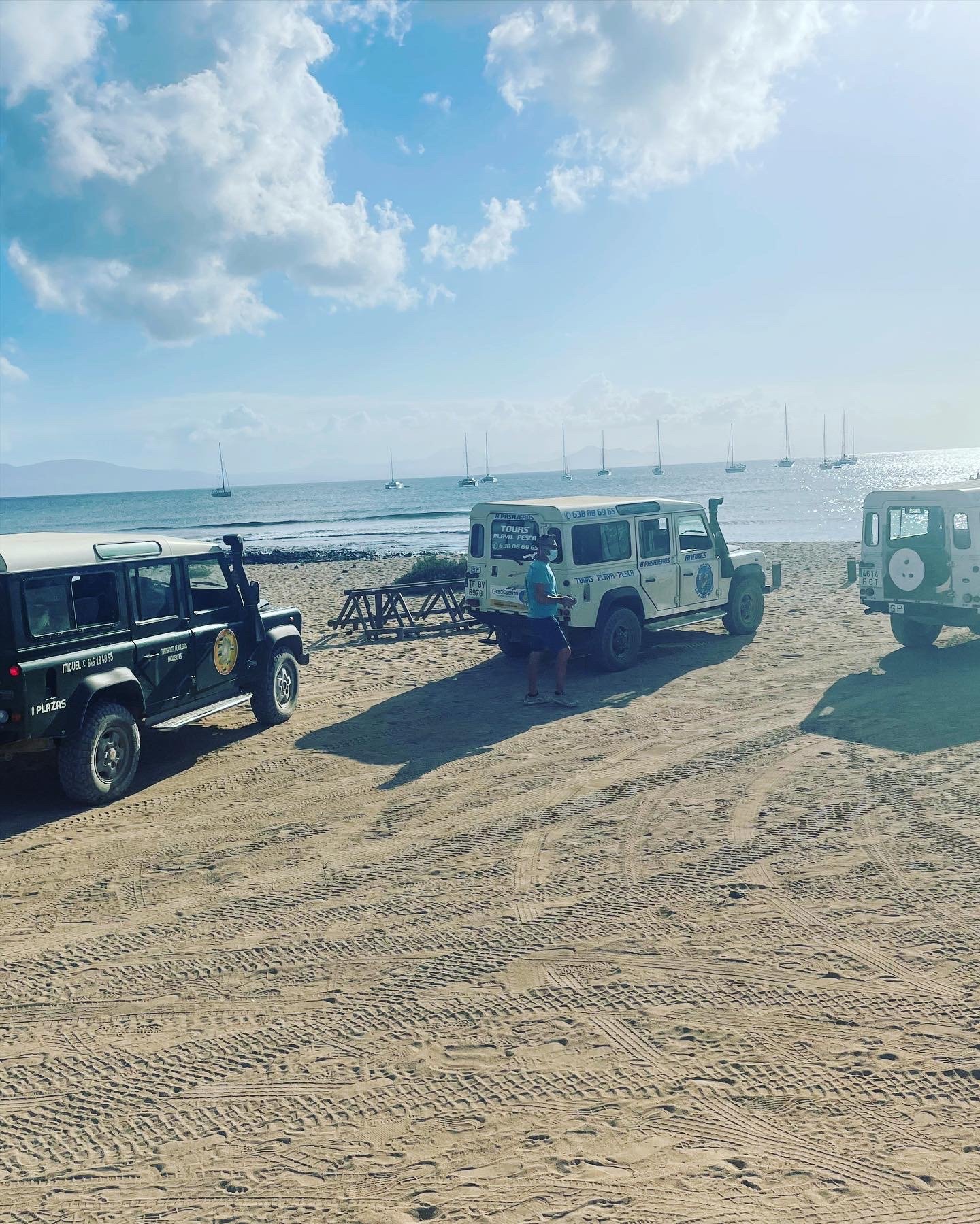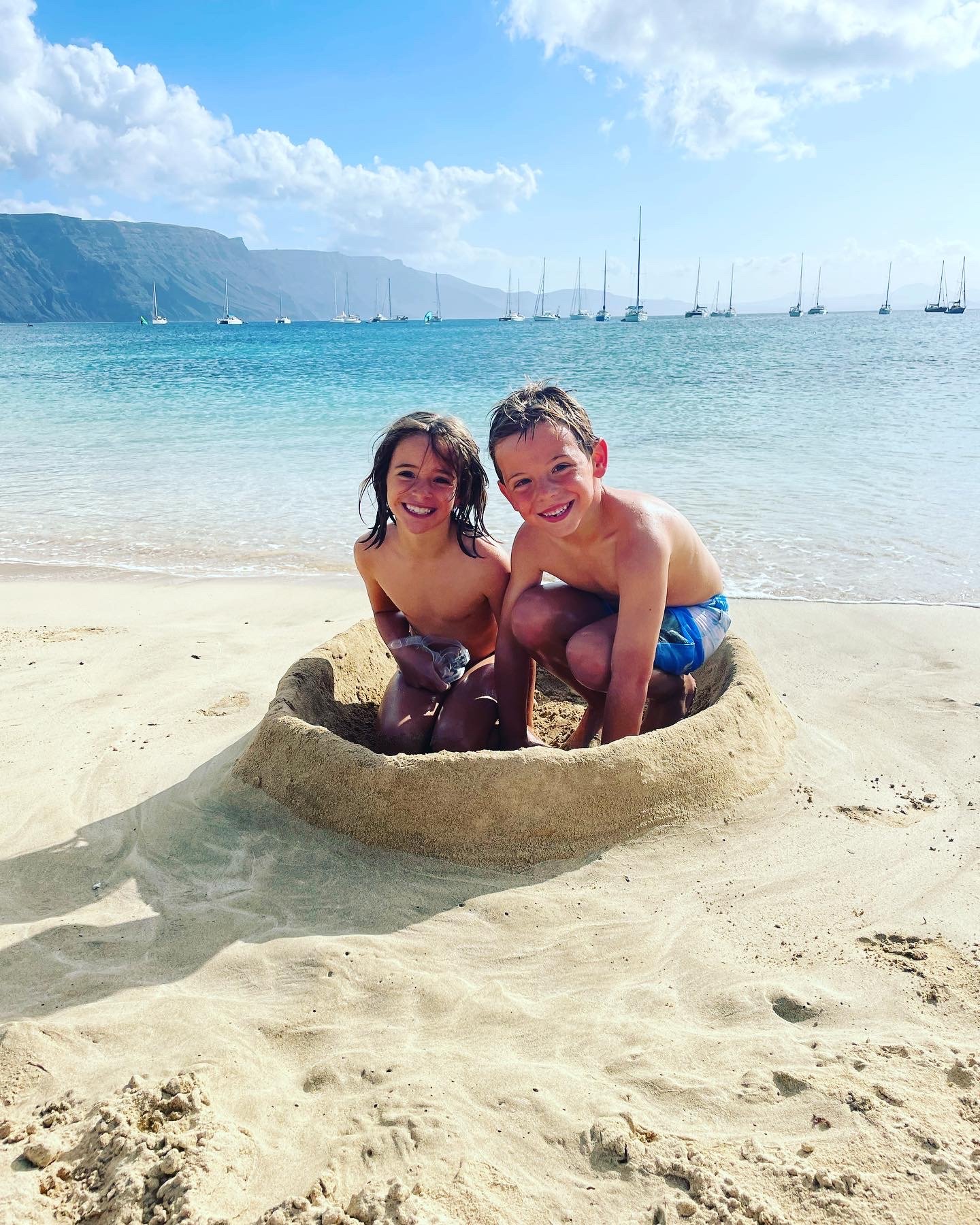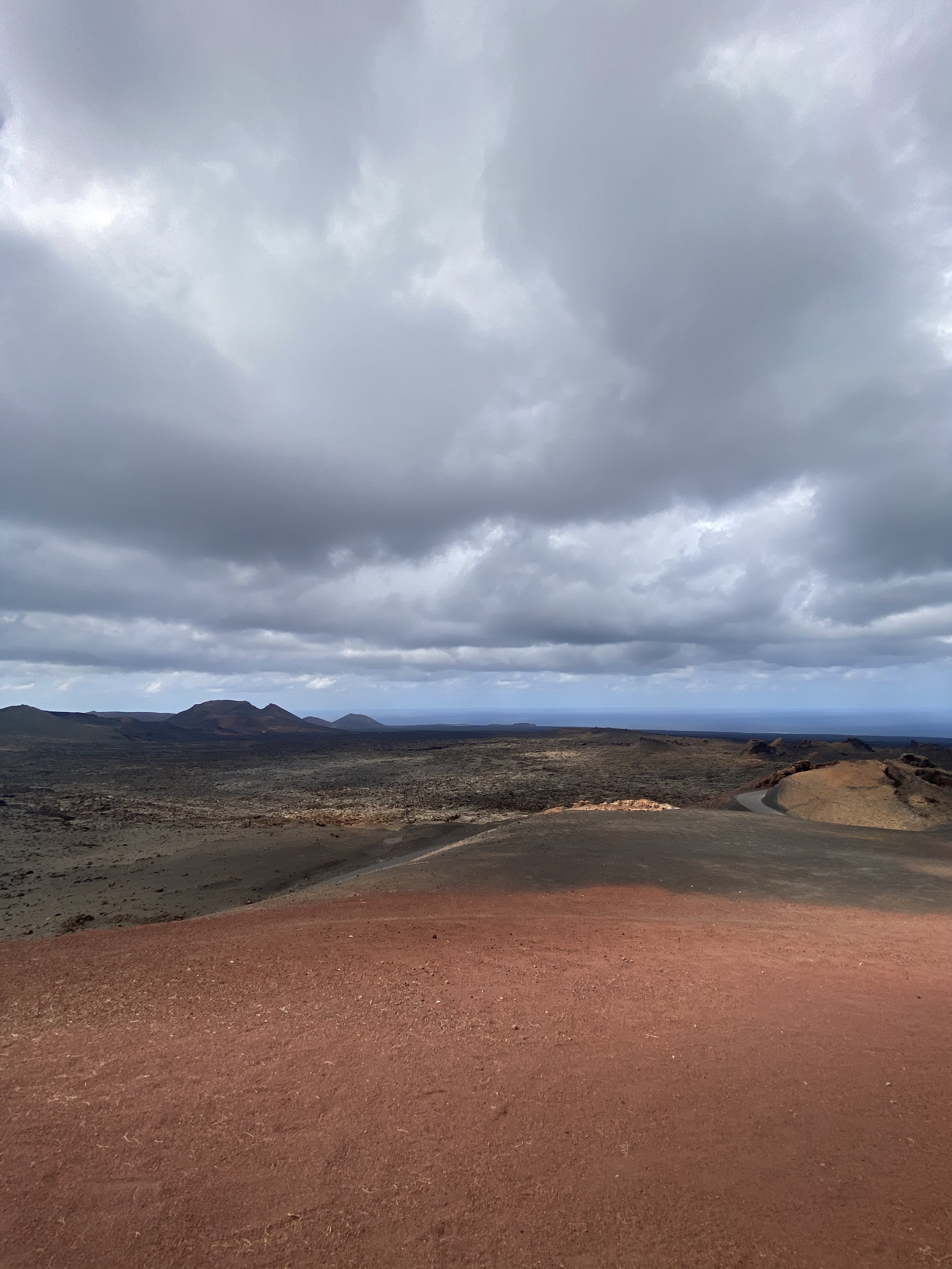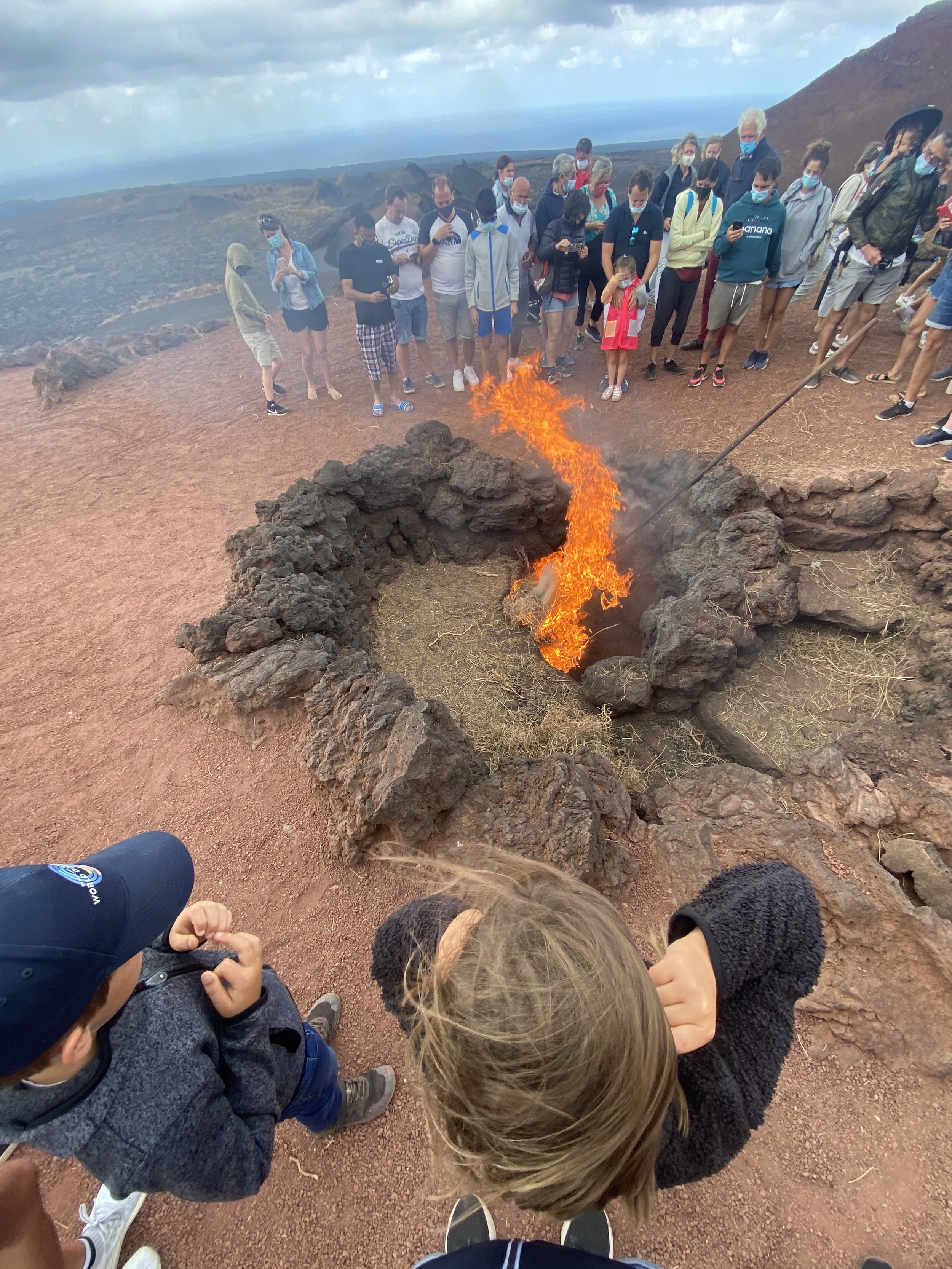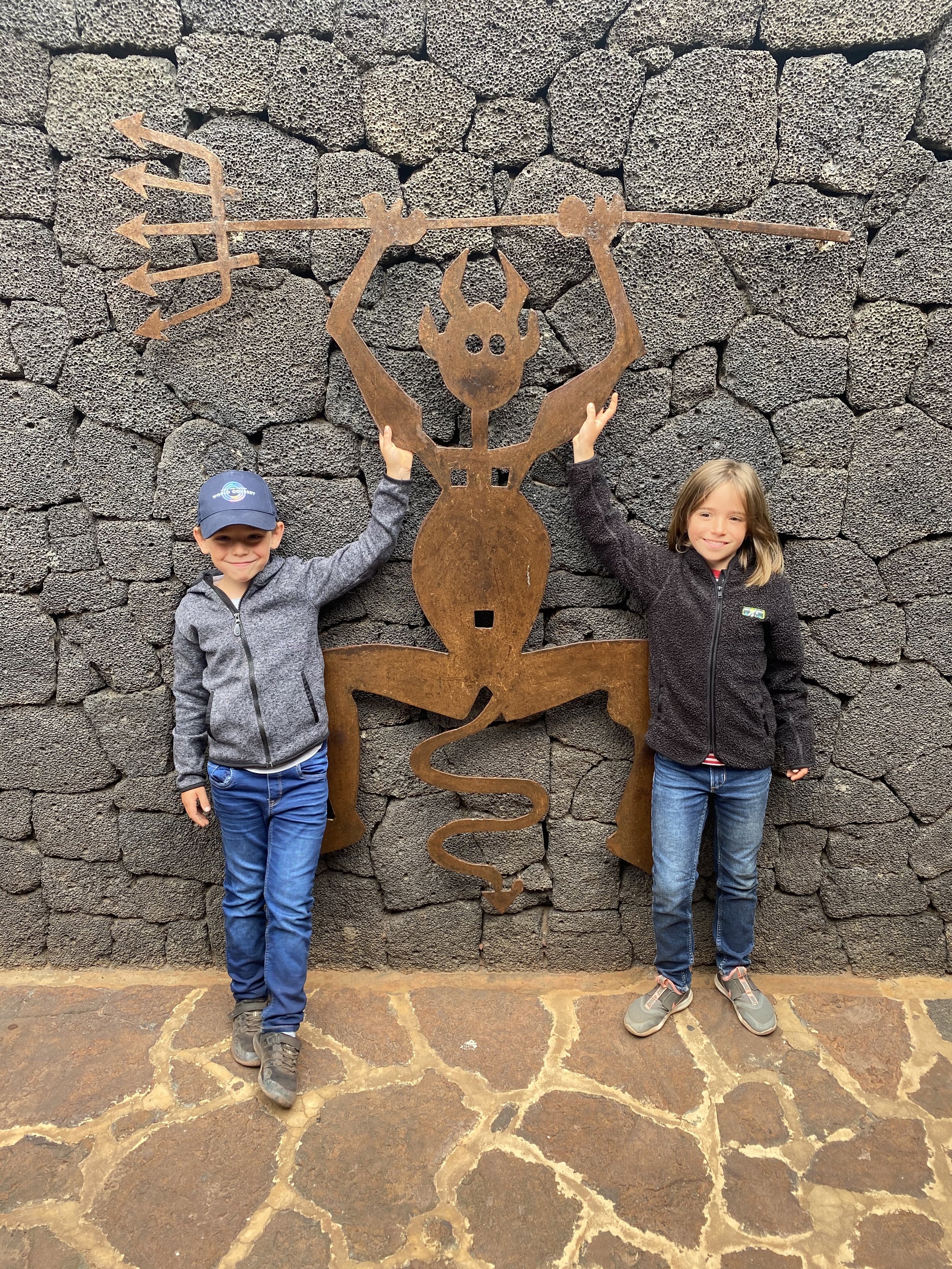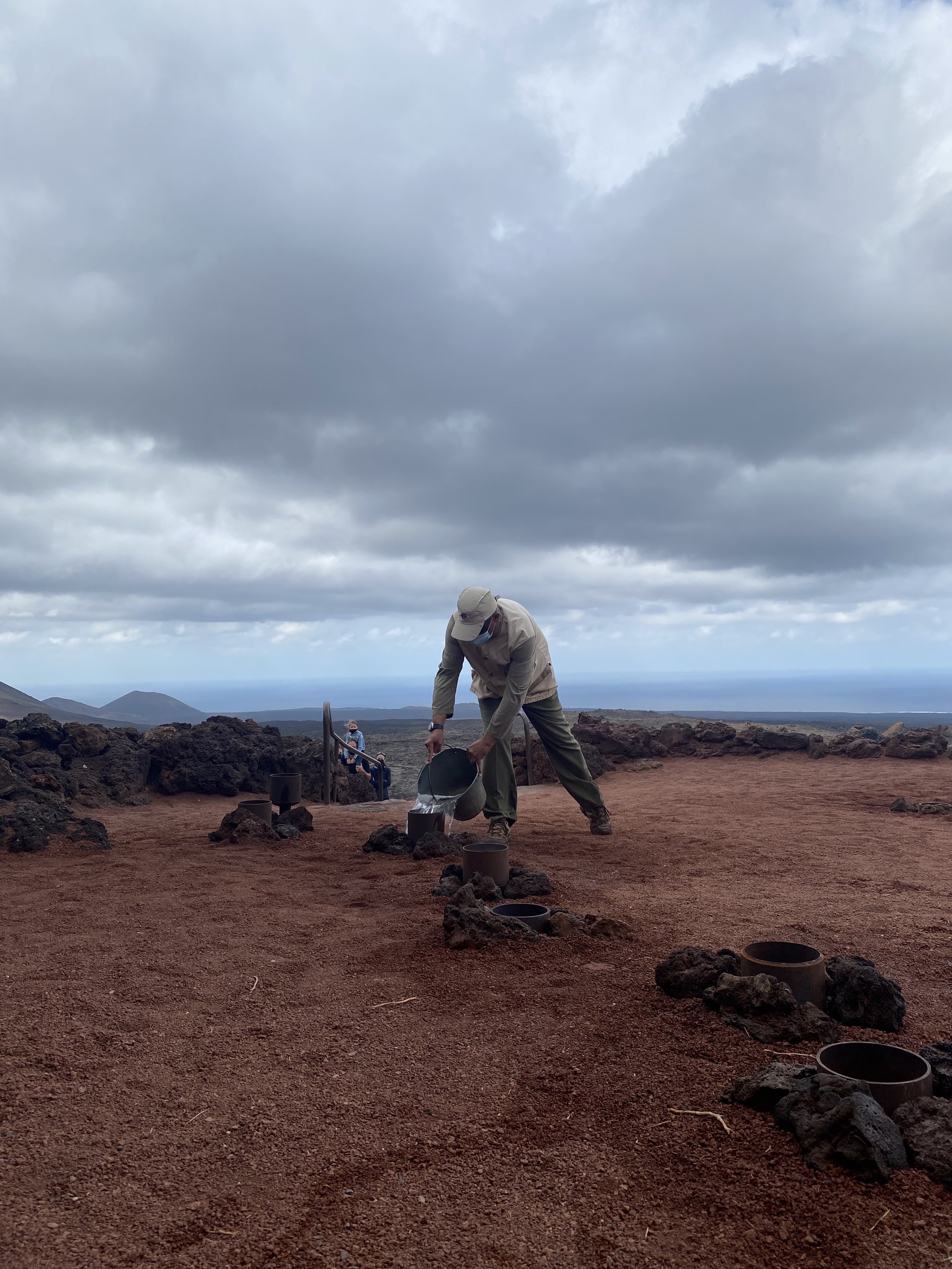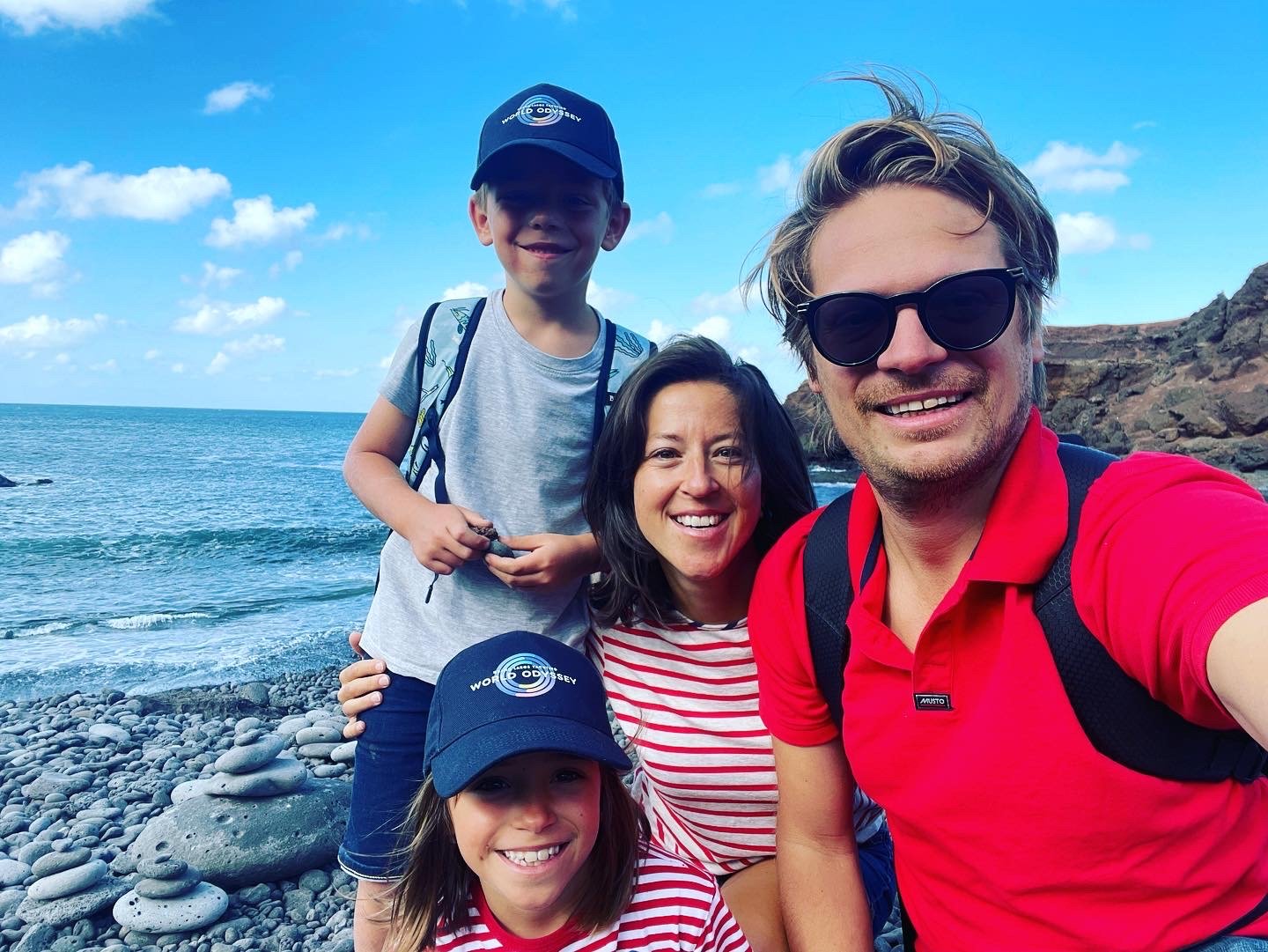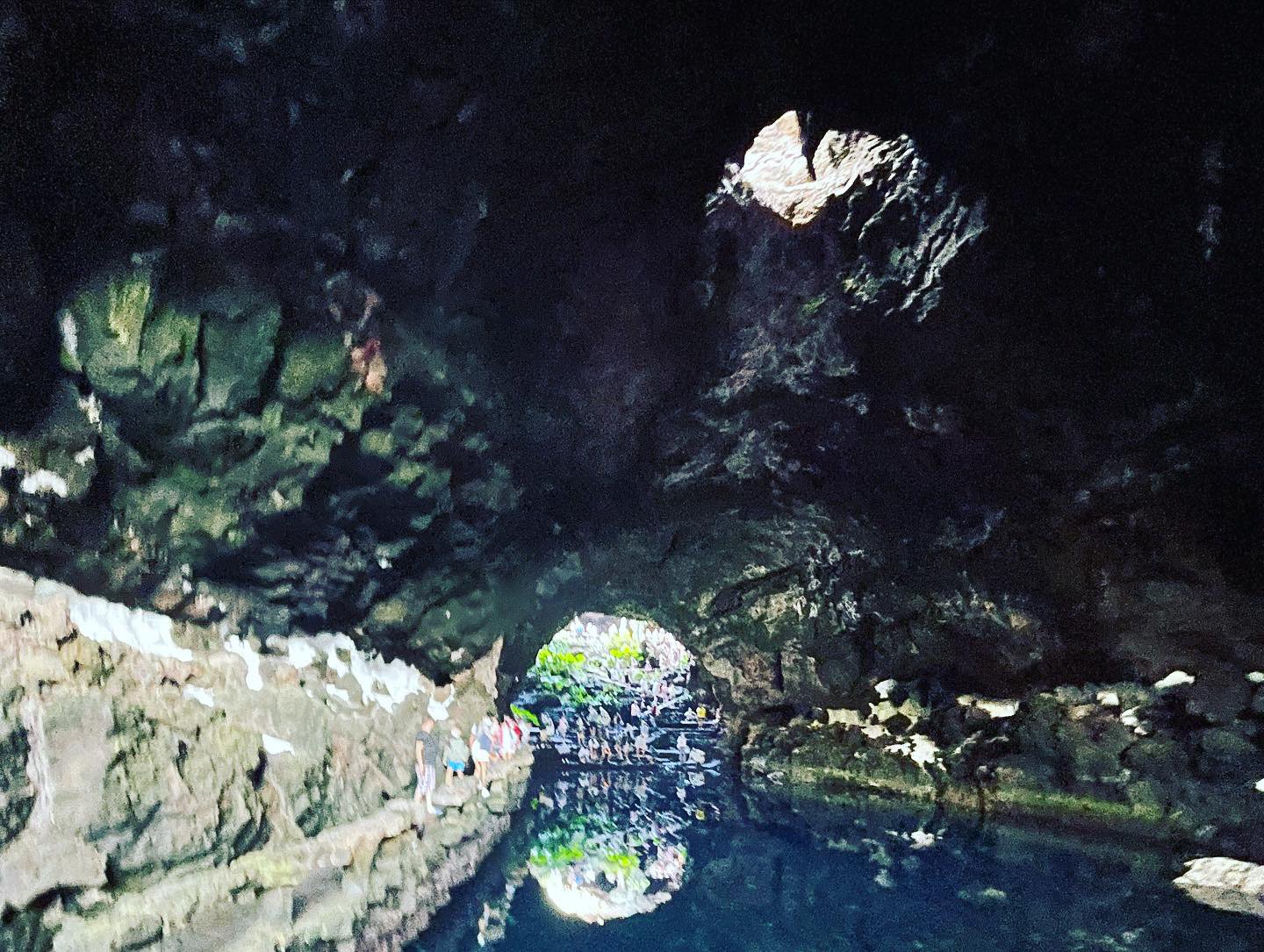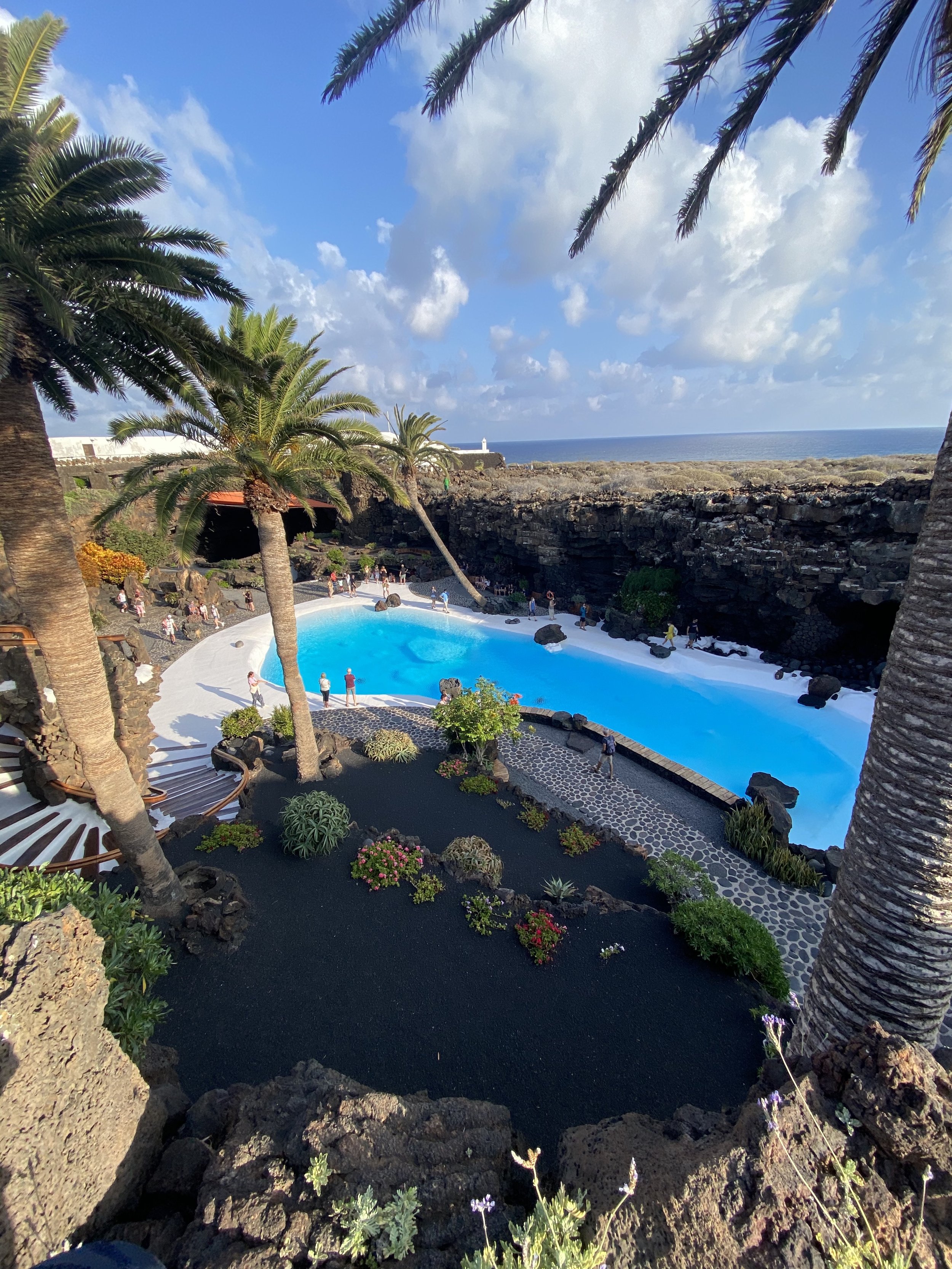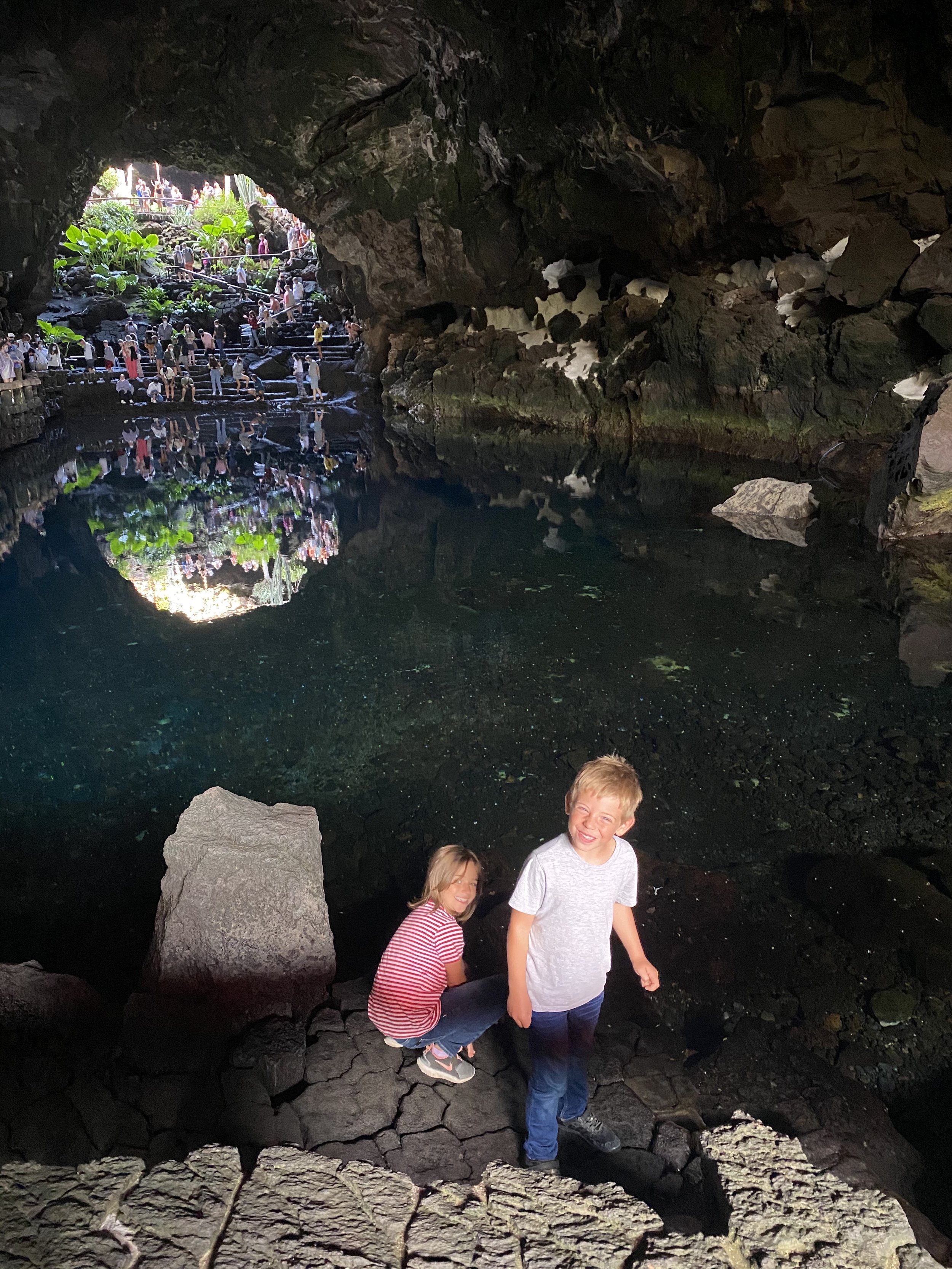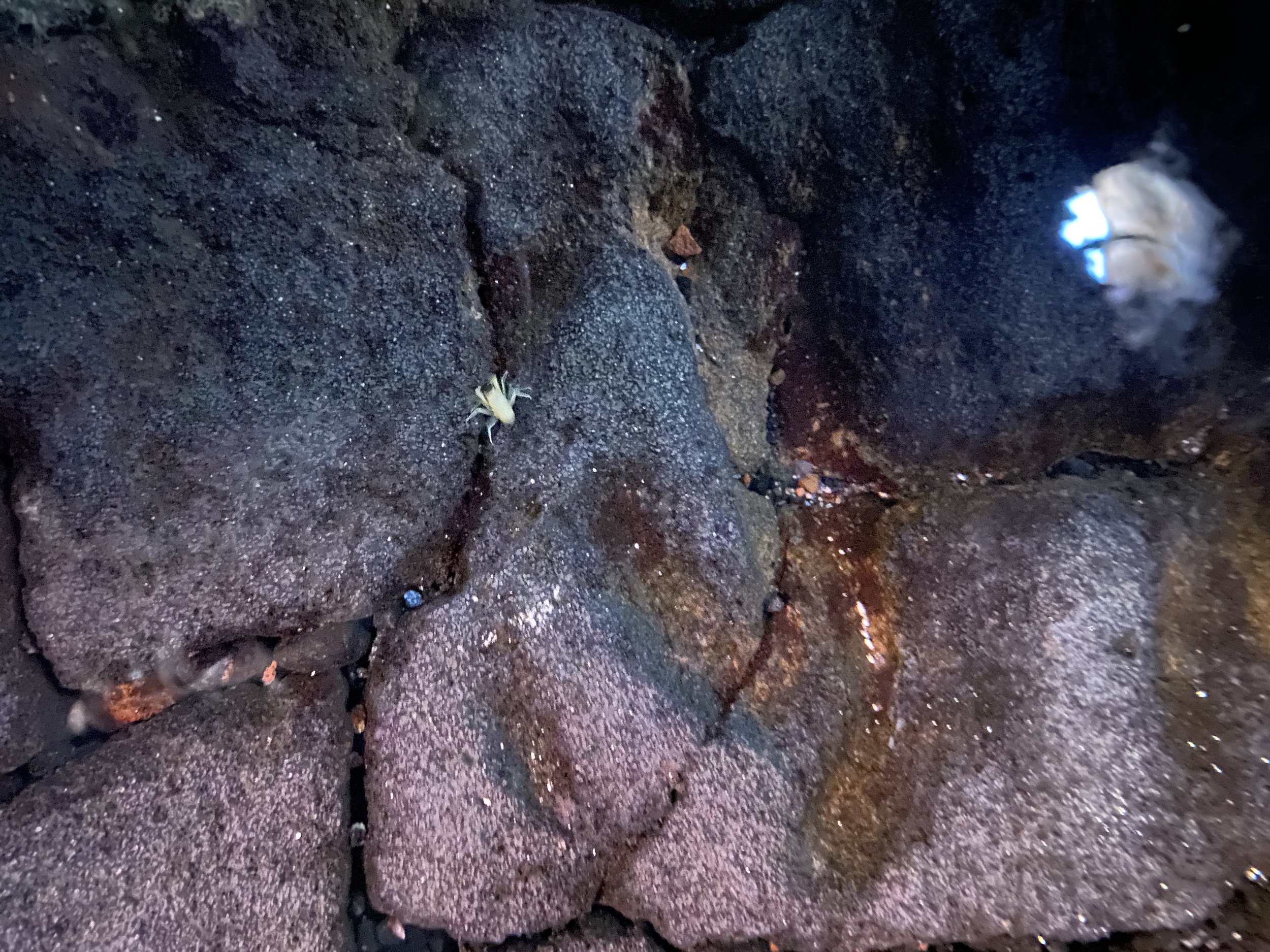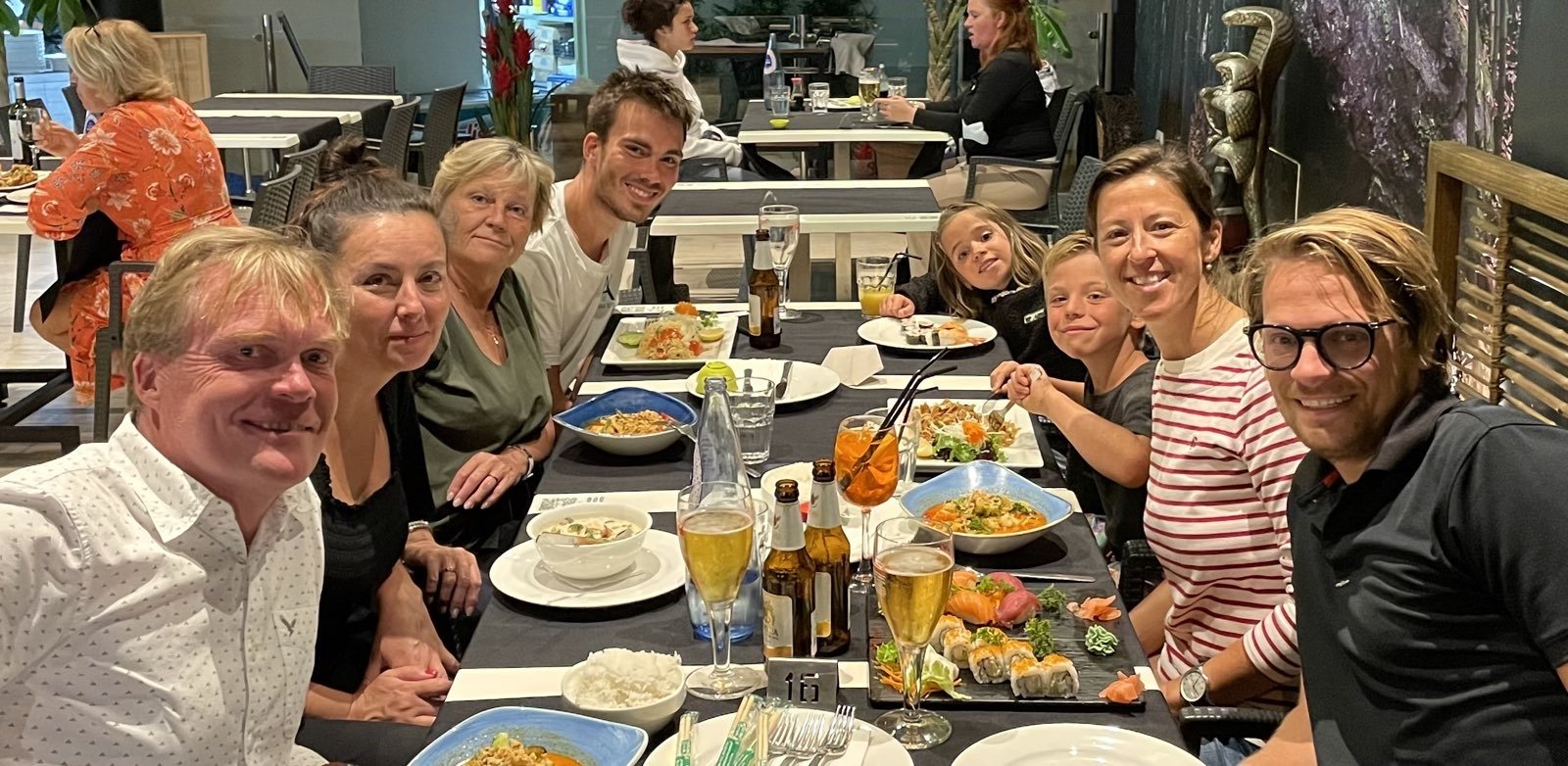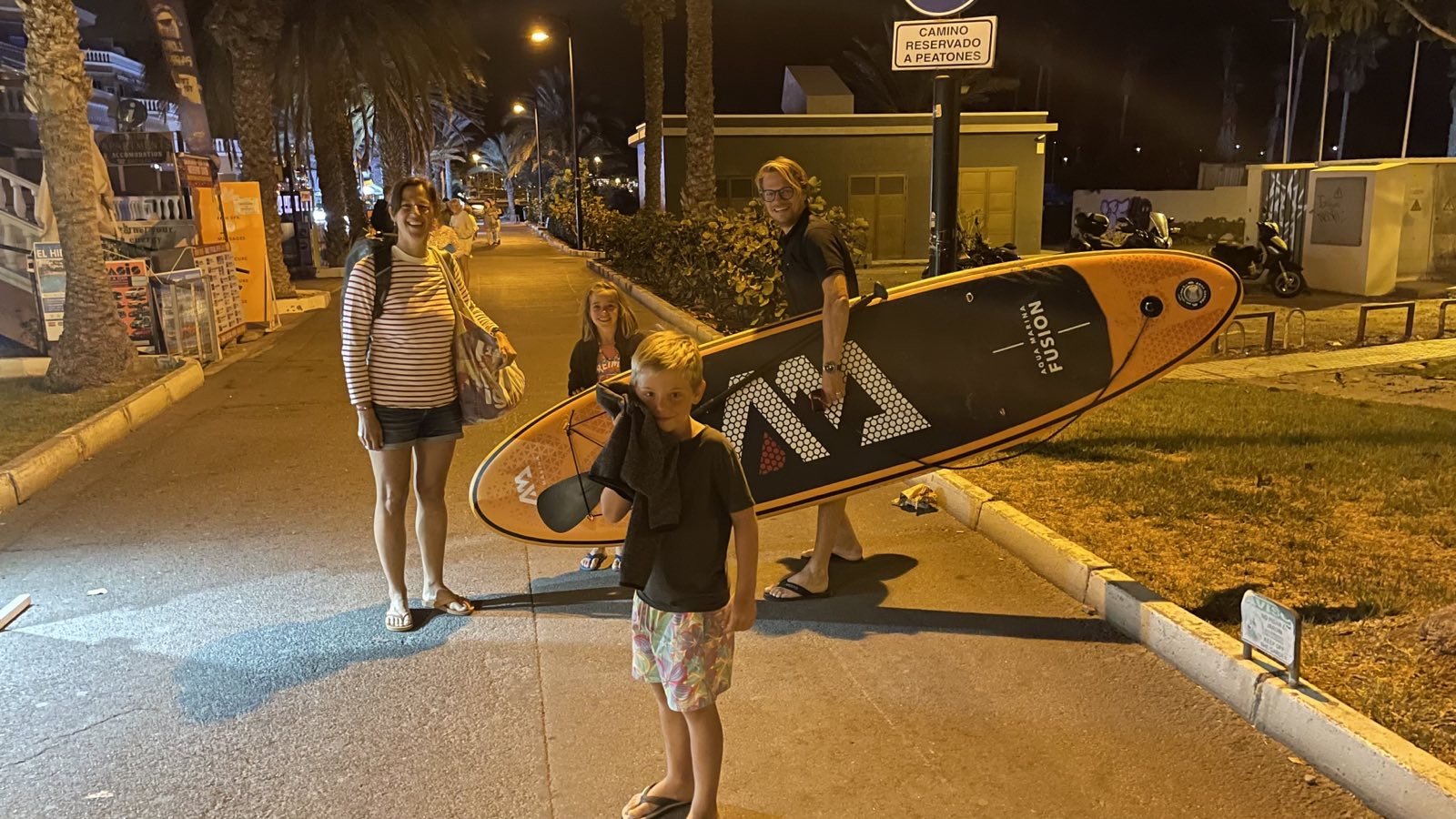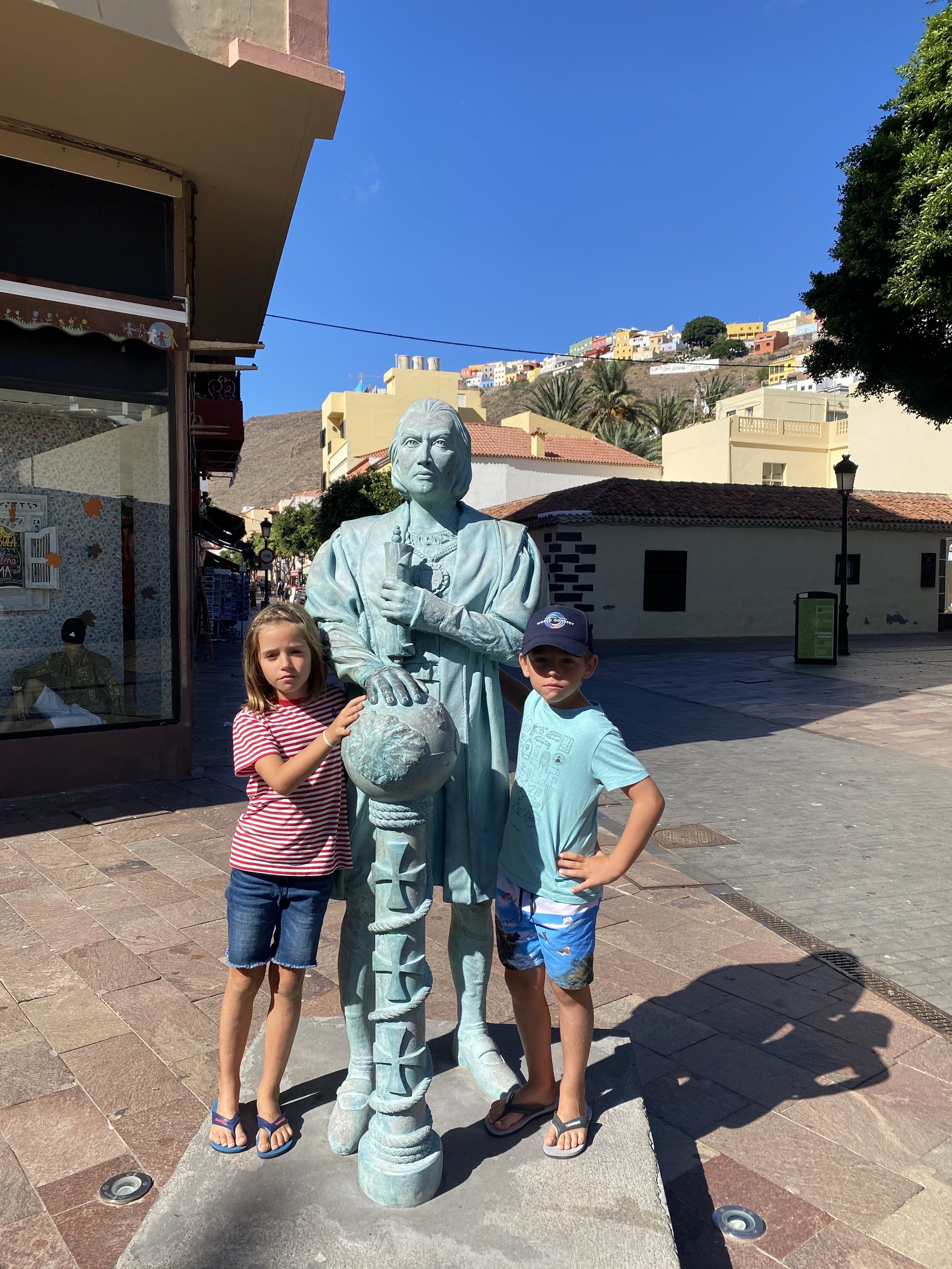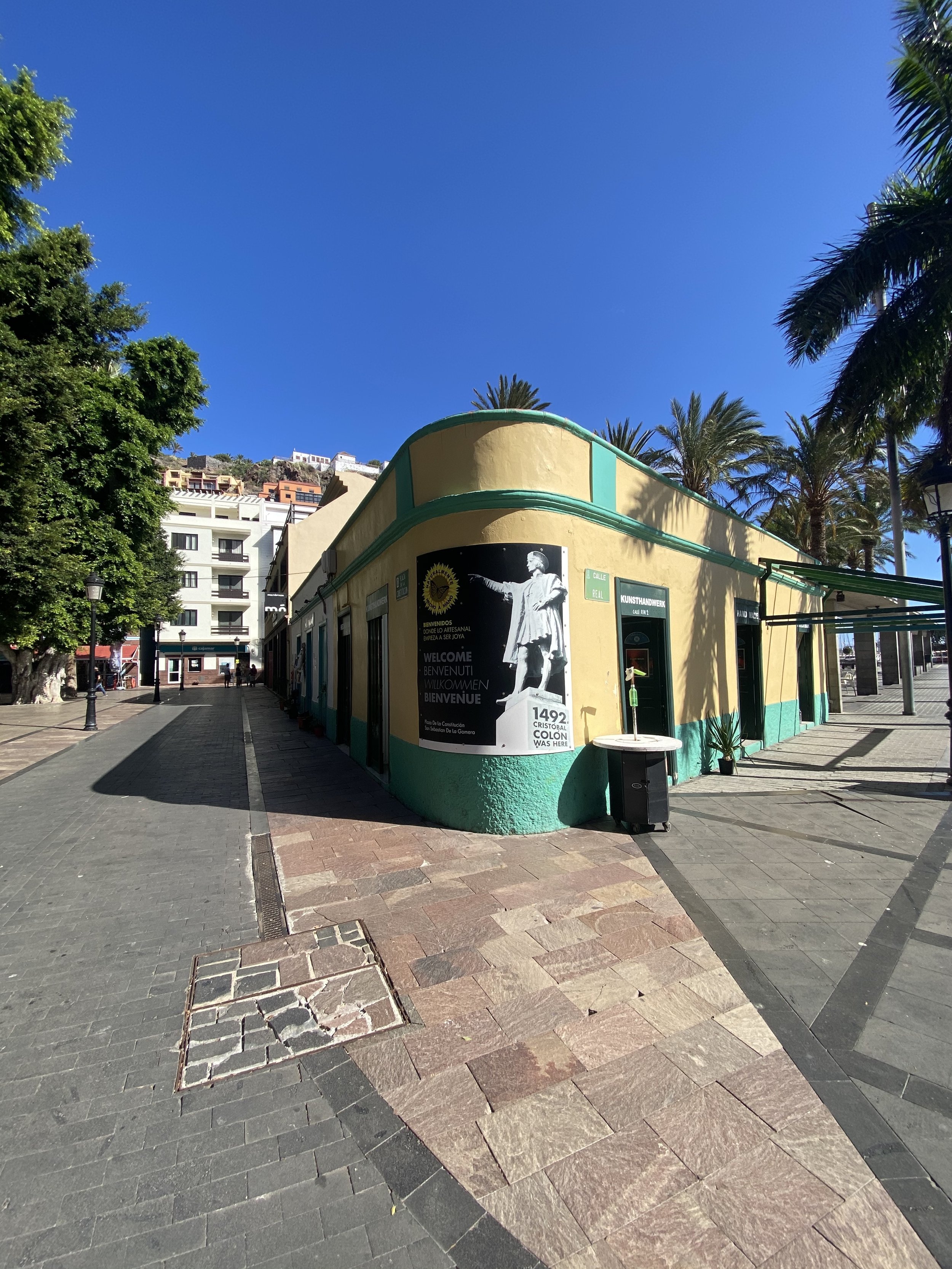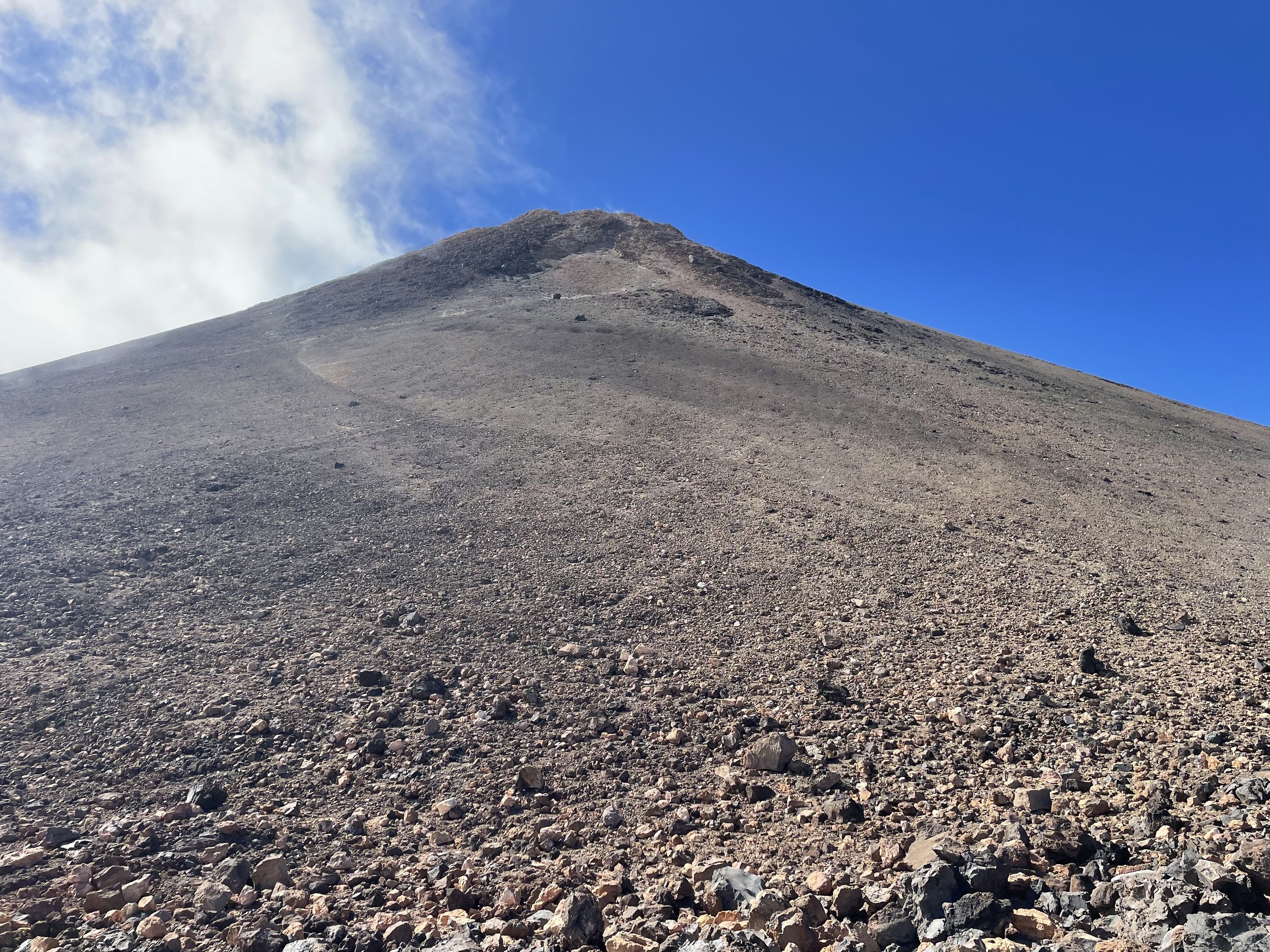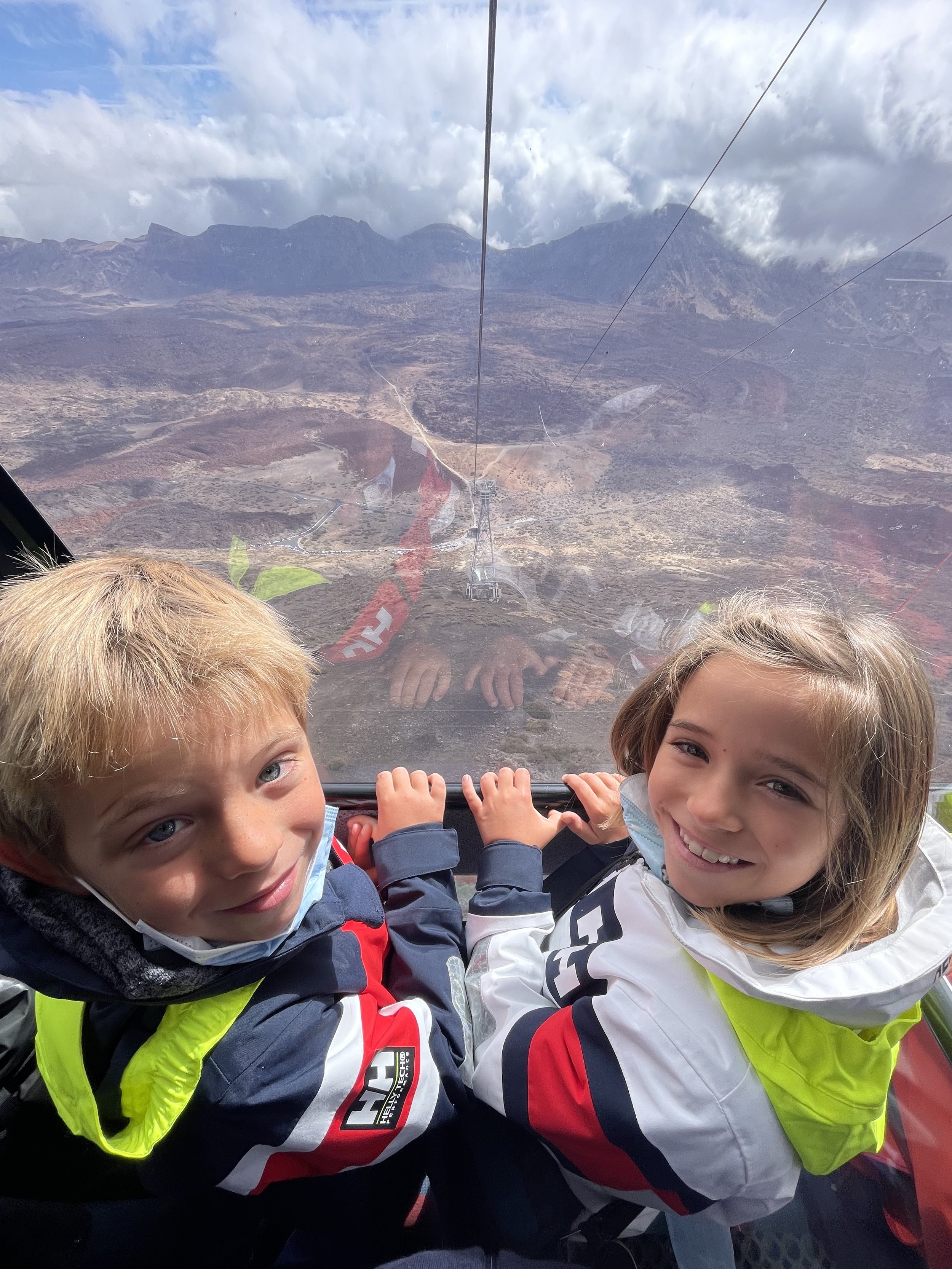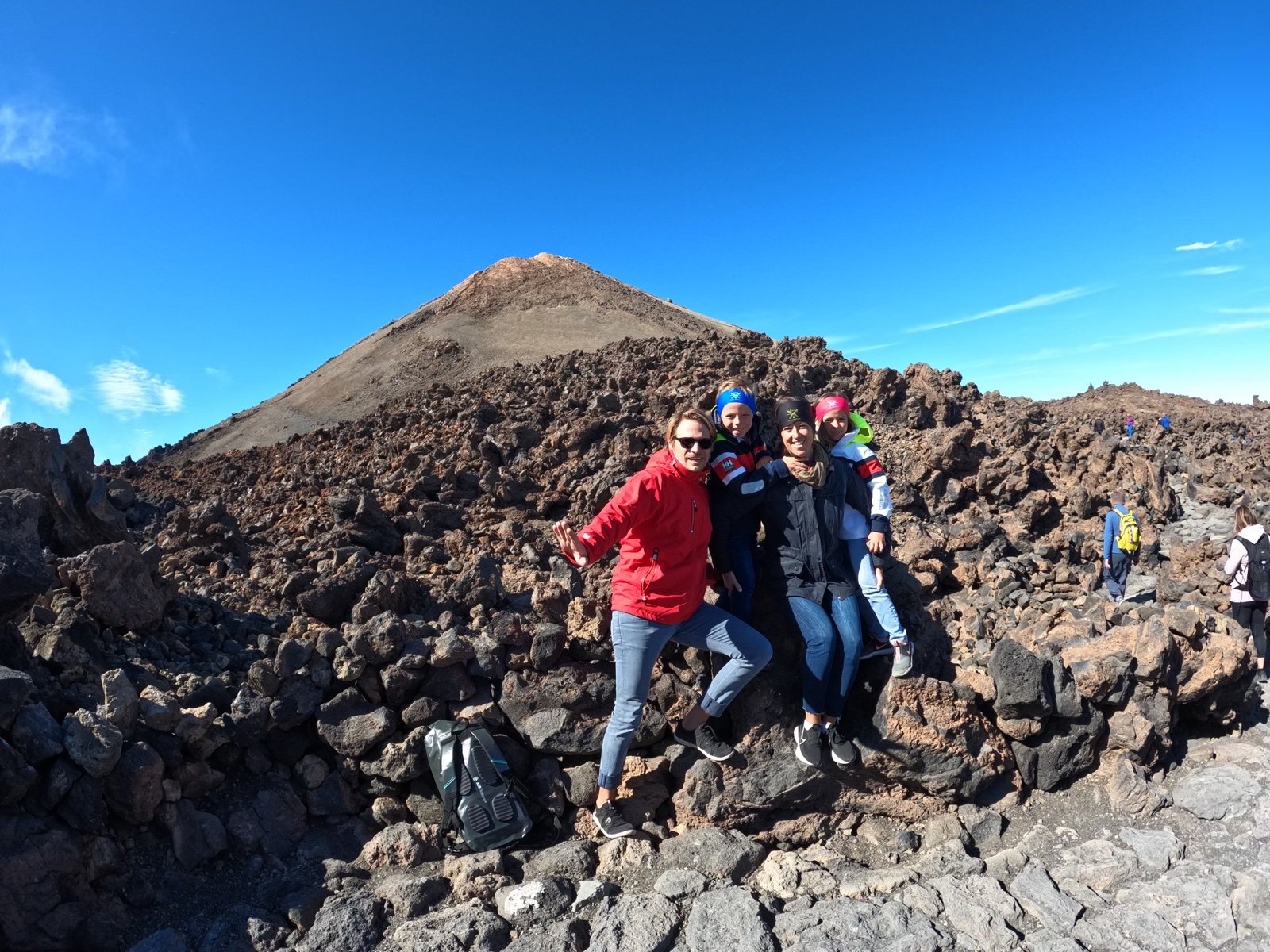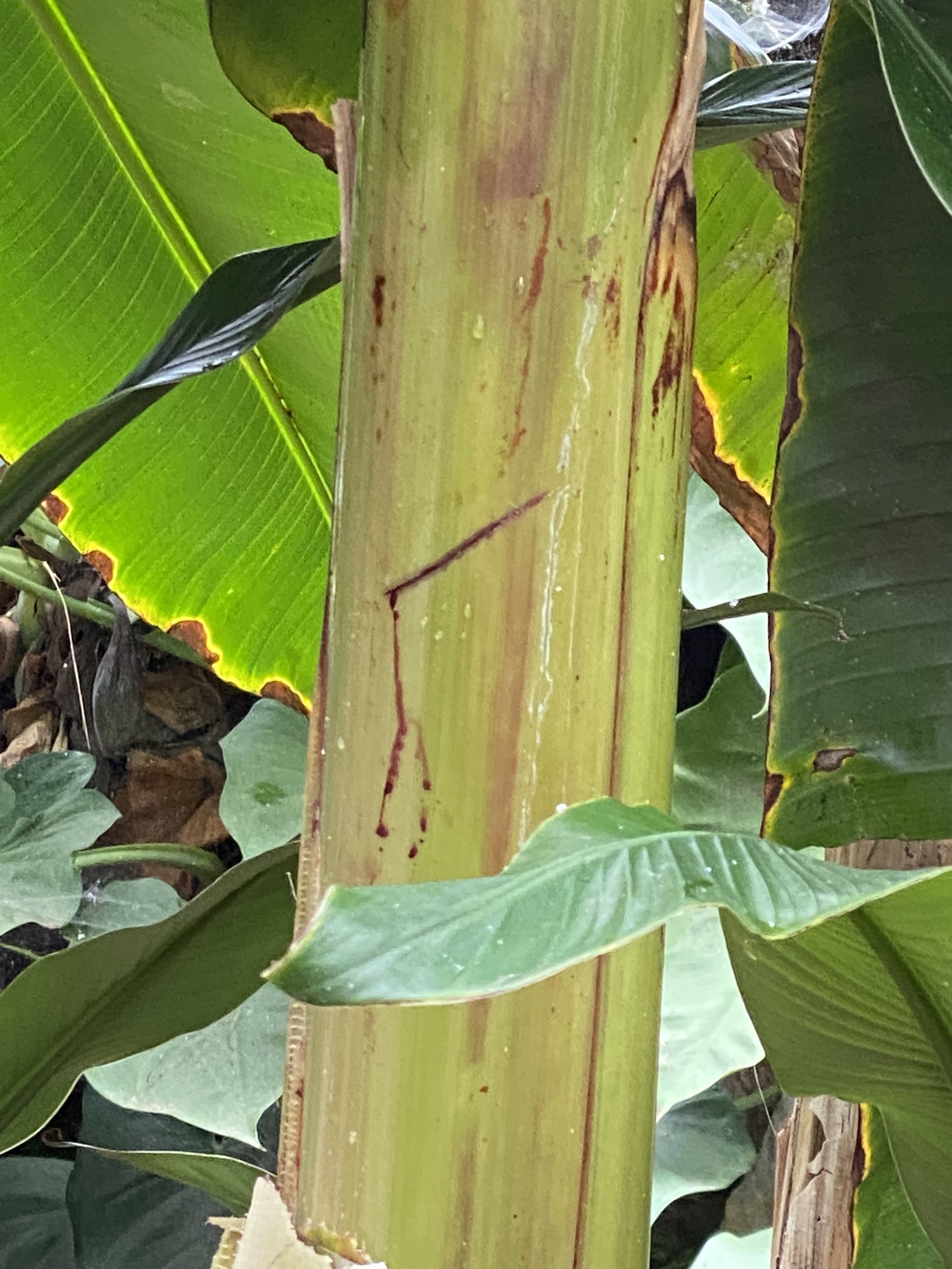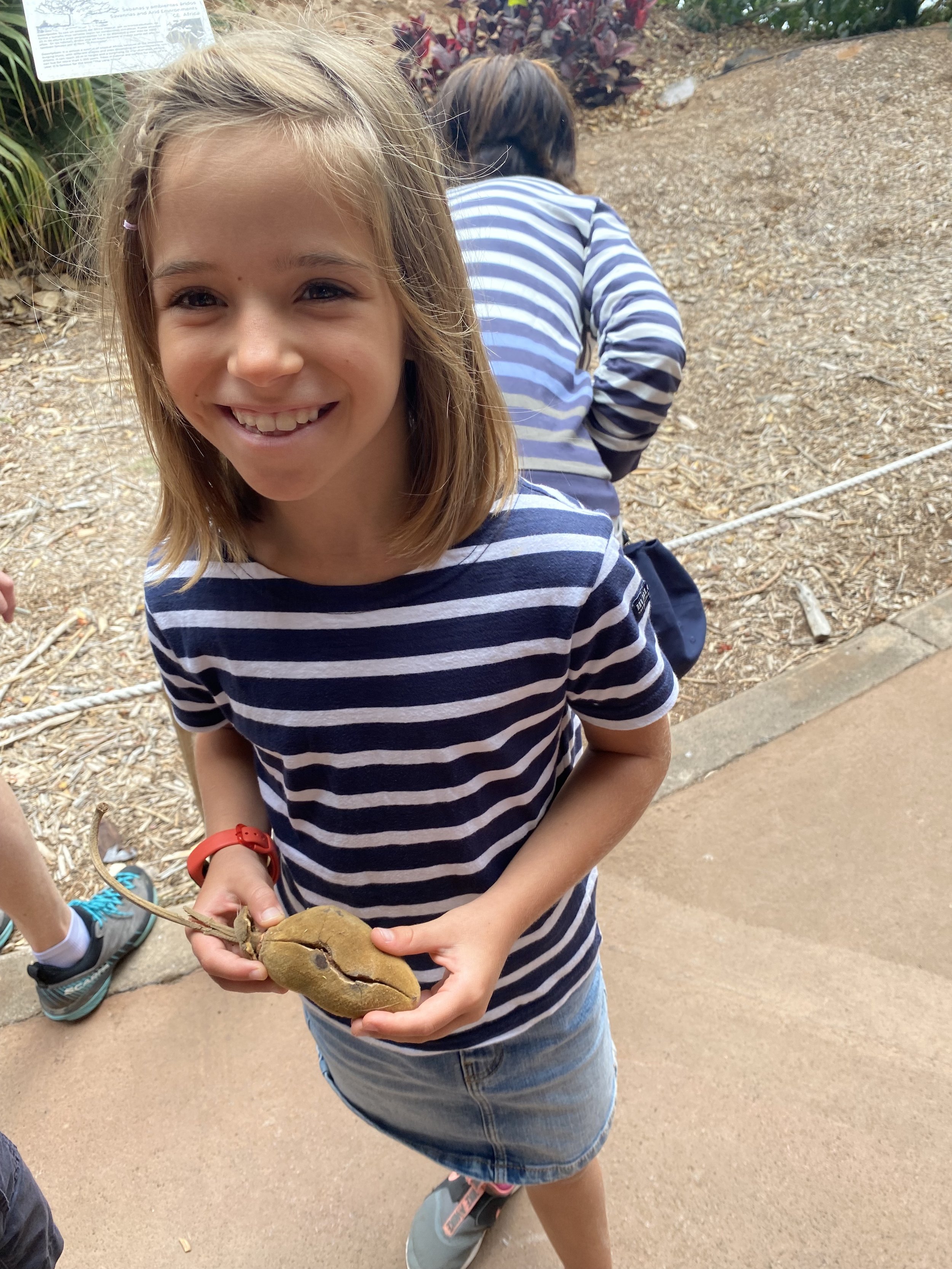Canary islands
Canary islands were our first stop and also a base to get ready for crossing our first ocean on our 2,5 year voyage. The goal for this part was to get ready. To travel the islands was secondary this time.
We still kept making our way through the home schooling and getting organised with the daily agenda of boat work, food preparation, travel, fun and also some rest. We also met other participants of the GLYWO 500.
Next to Cape Verdes Canary Islands are the last islands to get provisioning and prepare the boat for crossing the ocean. November and December are the safest months for crossing as the hurricanes are over. The islands are thus quite busy with sailing boats, be it yachts or catamarans.
However what is good for kiters, surfers and windsurfers is not necessarily that good for sailors. Canary Islands do not have many wind protected anchorages. There are a few marinas but relatively small or full. We also realised that without few months advanced booking we had little chance to get in with our 50 feet boat.
So we spent half of the time on anchor in two anchorages on Lanzarote and Tenerife. Which would be ok if local lifeguards would let us on the beach with a dingy. According to local rules sailors are allowed to get to the beach on dinghy, let the crew get out but then one has to get back to the boat as the dinghy cannot stay on the beach. As there were no piers to tie dinghy to, it meant an unsolvable equation where one was always left behind. After one huge argument with a lifeguard about this silly rule we found our way out. Michal took us with a dinghy to the beach, came back and returned on a paddle board :) One day I went four times to the beach and back. Our bodies definitely welcomed that.
The first island we visited was Lanzarote as it was the closest from Cadiz. We arrived at sleepy and cozy island of La Graciosa. After 4 days-and-nights sail the outline of the island with its volcanos seemed magical and like from an old Czech movie Journey to the Beginning of Time. We anchored in a bay of Playa Francesca with beautiful yellow sand and mild waves. Next day we walked few kilometres to a nearest village Caleta del Sebo. We never saw so many old defenders. We learned later they are a key transport vehicle on this island as there are only sandy roads.
After 2 days we headed for the south of Lanzarote. We were lucky to get to very nice marina Rubicon. After 2 weeks the boat needed to be cleaned and us were lacking some good deep sleep with no worry about the anchor or “what this strange noise was” in the middle of the night. The marina turned to be a great base for few days. It also had shops, restaurants, bars and a pool!
We wanted to rent a car and explore the island but due to covid situation car rentals sold their cars and again without advanced booking no chance to rent a car. We got brave (or crazy) and booked a one day packaged tour around the island. We definitely improved our language skills as the tour operator was saying every information in Spanish, English and German :) But they took us to the main beauties of Lanzarote. The National park of Timanfaya was probably the most exciting. It covers around third of the island and consists of huge lava fields, volcanoes and simply kind of a moon landscape. It is soooo different. The last eruptions took place in 1824 and they smashed around 30 villages. There are no trees or plants, just lava. You literally see how the lava flew to the sea. In the heart of the Park there is a restaurant designed by local famous architect Cesare Manrique. Next to it local guide demonstrated to us how hot still the earth here is. First, he dig some sand from the ground. He gave it to us and it was so hot that we could barely carry it! Next, he took some dry hay and put it into a deep hole. In few seconds the hay was on fire. As a last demonstration he pour water into a metal tube in the ground. In few minutes there was a splash of steam going up, almost like a whale in the sea. The ground below surface has around 200-400 degrees Celsia.
Oh, and we did a camel ride! For the kids :)
We also visited Jameos del Aqua - one of the longest lava tunnels in the world and a home of a white crab. I had no idea what to expect. So lava tunnel looked like a huge tunnel (surprisingly), there was a little pond inside with salt water and there were many tiny white crabs :) I hope you can spot them on the picture!
It is also another architectonic work by Cesare Manrique - a restaurant with multifunctional hall. I think he got really good in creating artificial pools that looked like natural.
There are also wine yards al over the island. To protect the plants from the wind farmers build a “fence” from the lava stones around the plant.
We did few more stops but I do not consider them worth mentioning. What is worth doing so is the mission of Cesare Manrique. He believed in uniqueness of Lanzarote island. So when he got famous and got back to his home island, he fought for Lanzarote to keep strict urbanist and design rules. And he made it. Houses are only white with green or blue window covers and doors. After visiting other islands we realised it was the best he could give back to his home land. Gran Canaria, Tenerife, all these islands are damaged by touristic development and yes, they are ugly. Except for a few towns or villages that are carefully preserved for tourists.
Next stop Tenerife. We arrived to the south of the island as we were expecting friends visit there. Tenerife has only one well protected anchorage in the south - Los Cristianos. Arriving here after peaceful and stylised Lanzarote was a bit like a slap into our face - hotel complexes, loud music, many tourists and little urbanist feeling. The black sand did not help the feeling either :) But we had great time anyway. We got a visit by our friends Los Pacakos. We enjoyed nice time at their hotel pool drinking beer, gin tonic and eating papas arrugadas. Kids have had great Halloween night there and we had great wine :)
Together we did one day sail trip to another Canary island - La Gomera. It took us few hours there and few back. Our previous calls and emails to their marina were not responded. So we were lucky that we were allowed to get into the marina at least for three hours. Anchorage would have had been difficult. It was not enough to undertake the tour through Valle Gran Rey, the highlight of this island. But we at least managed to walk the main town San Sebastian and get a decent lunch under huge ficus trees on the main square. San Sebastian claims to be the last stop of Cristóbal Colón before he left Europe and discovered America. Locals claim that America was baptised by water of La Gomera. During his stay Cristobal Colón had to sleep somewhere so you can visit a nice old house with typical wooden windows and doors where he stayed. On our sail back we were lucky and saw some dolphins and pilot whales, no whales :)
After our friends left it was time to move to Santa Cruz de Tenerife in the northern part of the island. There was no other choice as the east coast did not offer other protected anchorage and surprisingly all marinas were full or small.
When we sailed along the coast a magic happened. We caught a fish - golden mahi mahi, 73 cm. To get the fish aboard turned to be quite a funny story. You can read it in Czech here.
When we got to the city marina there were already many boats from the GLYWO 500. We got time to meet few other participants and socialise with them. Our kids got offer for French language and ukulele courses along the voyage. Anyone besides me who is willing to teach my kids is welcomed :) Also as usual, marina time means boat repairs, boat upgrades, boat spare parts delivery, cleaning, shopping, provisioning, catching up with the school, jogging, yoga and a bit of travel. It was no exception this time.
We visited Teide National Park. For a nation whose highest mountain is 1602m it was extraordinary experience :) With its 3.715 meters Pico de Teide is the highest Spanish mountain. It is a volcano so from the ocean floor its height is 7.500 meters which makes this volcano the fourth biggest in the world. We drove by car through beautiful green forests to 2000 meters. There we parked it and a cable car took us to 3.555 meters. As we did not ordered a permission to the top in advance, we were not allowed to climb to the summit. We walked around to enjoy the view and the magical landscape. Me and Hugo quite felt the air was thinner.
To have some orchestrated fun with friends from the rally we visited water amusement park Siam park. When we entered the park I was laughing at adults running in wet swimsuits all over the park to manage as much attractions as possible. In short time we were doing exactly the same! We had good fun despite a bit cold weather.
We also visited Palmetum - botanical garden in Santa Cruz dedicated mainly to palm trees. I enjoyed the tour a lot, kids little less surprisingly. We were lucky to be guided by the director and founder of this institution. The passion this guy had for palms was so big and infectious that I also got the feeling that palms are the best and most interesting plants in the world.
The garden was built in 20 years above a peninsula of garbage at the outskirts of Santa Cruz. Now, it is a peaceful oasis with several very rare and huge palms. What kids were amused most was a sacred banana tree. It is a banana tree from New Caledonia that gives very yellow bananas, orange inside. When you eat them, there is so much vitamine A that your urine is dark yellow for few days. And most exciting, when you cut the trunk, it bleeds. Sacred banana!
That’s all folks. Next about our preparations across the Atlantic!
